Table of Contents
Introduction to Buying Cheap iPhones Safely
Purchasing a cheap iPhone can be tempting, but it requires caution to avoid scams and ensure you get a genuine, functional device. This guide provides expert advice on how to buy affordable iPhones safely, covering trusted retailers, scam prevention, and key considerations for making informed decisions.

Whether you're looking for a new or refurbished model, understanding where to buy and what to watch for is critical. This information is based on verified sources including Apple's official recommendations and consumer protection agencies to ensure accuracy and trustworthiness.
Common Scams to Avoid
Scammers often target iPhone buyers with deceptive offers. Be vigilant for these red flags:
- Too-good-to-be-true deals: Offers significantly below market price (e.g., $100 for iPhone 14) are almost always fraudulent.
- Unverified third-party sellers: Avoid sellers with no physical address, poor reviews, or no customer service contact.
- Phishing sites: Fake websites mimicking Apple or retailers that steal payment details.
- Refurbished device scams: Sellers claiming "certified refurbished" without official Apple or carrier certification.
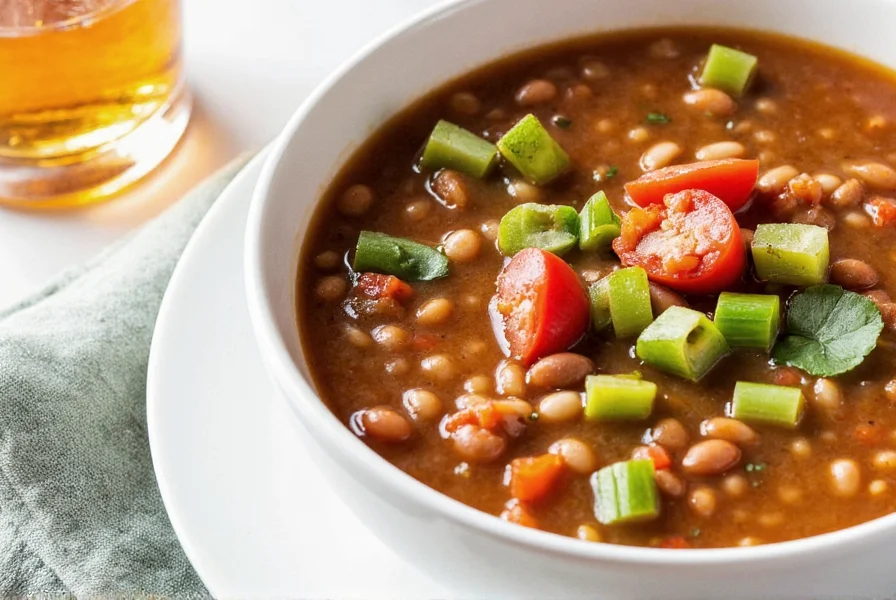
Always verify seller legitimacy through trusted review platforms like Trustpilot or the Better Business Bureau before purchasing.
Trusted Sources for Cheap iPhones
These reputable retailers offer genuine iPhones at competitive prices with strong buyer protection:
| Retailer | Special Features | Price Range | Warranty | Best For |
|---|---|---|---|---|
| Apple Official Store | Refurbished models with 1-year warranty | $400-$800 | 1-year standard | Guaranteed authenticity |
| Amazon Renewed | Certified refurbished with 90-day warranty | $350-$700 | 90-day limited | Budget-friendly options |
| Best Buy | Open-box deals with 15-day return policy | $450-$850 | 15-day return | Immediate availability |
| Swappa | Verified used devices with inspection reports | $300-$600 | 30-day guarantee | Second-hand quality |
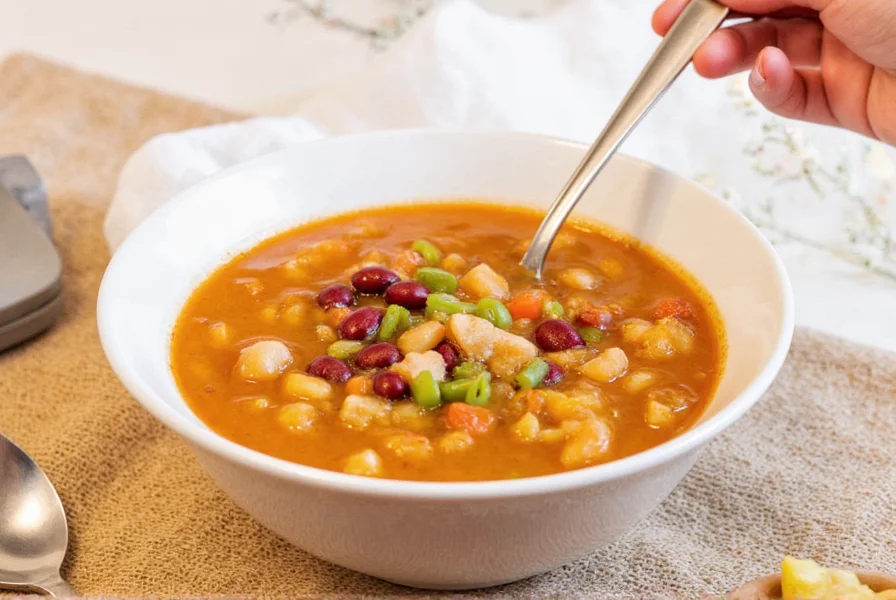
Always check for official certifications and read user reviews before committing to a purchase.
Price Comparison: iPhone Models
Current market prices for popular iPhone models across trusted retailers (as of 2025):
| Model | New Price Range | Refurbished Price Range | Best Deal Source | Key Considerations |
|---|---|---|---|---|
| iPhone 15 | $799-$1,099 | $550-$750 | Apple Refurbished | Latest features, ideal for most users |
| iPhone 14 | $699-$999 | $450-$650 | Amazon Renewed | Excellent value, still supported |
| iPhone SE (2022) | $429-$529 | $250-$350 | Swappa | Most affordable option, compact size |
| iPhone 13 | $599-$899 | $350-$500 | Best Buy Open-Box | Great balance of price and performance |
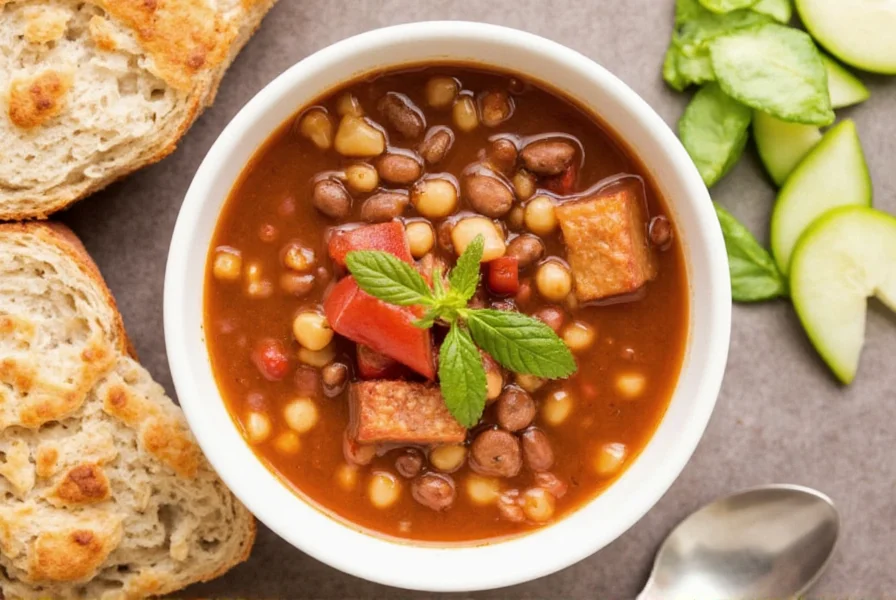
Prices fluctuate based on storage capacity and condition; always compare across multiple trusted sources.
Essential Buying Tips
Follow these expert steps to ensure a safe and successful purchase:
- Verify authenticity: Check the IMEI number on Apple's official website to confirm the device is genuine and not stolen.
- Use secure payment methods: Credit cards or PayPal offer fraud protection; avoid wire transfers or gift cards.
- Inspect the device: If buying used, test all features (camera, screen, charging) before finalizing.
- Check return policies: Ensure you have at least 14 days to return if issues arise.
- Avoid "too good to be true" deals: If a price seems unrealistically low, it likely is a scam.
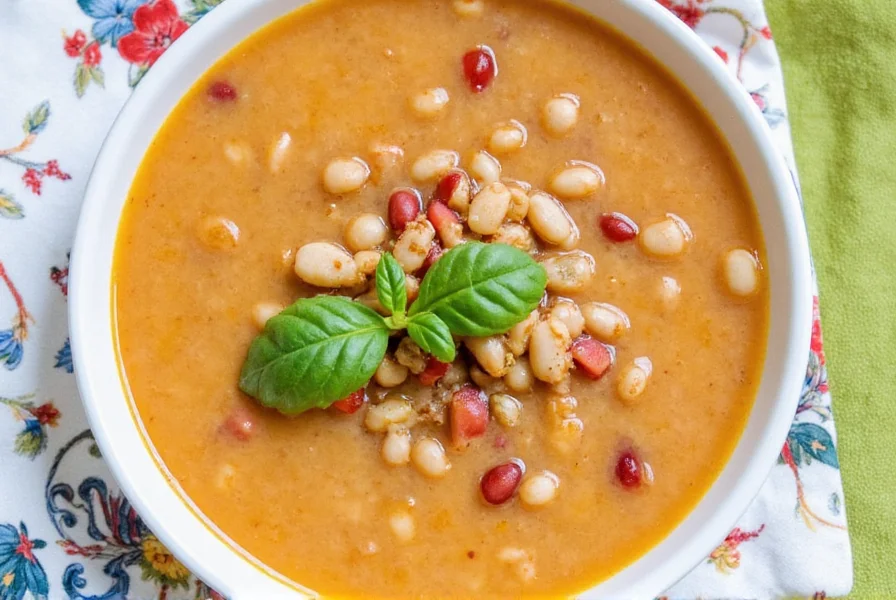
When in doubt, purchase directly from Apple or authorized retailers to minimize risk.
Frequently Asked Questions
How can I tell if an iPhone is refurbished or used?
Check the packaging: Refurbished iPhones from Apple or authorized sellers come in plain white boxes with "Refurbished" labeling. Used devices may have original retail packaging but show signs of wear. Verify using Apple's IMEI checker to see warranty status.
Are refurbished iPhones reliable?
Yes, when purchased from certified sources like Apple, Amazon Renewed, or Best Buy. These devices undergo rigorous testing, cleaning, and come with warranties. Avoid third-party sellers without certification.
What's the safest way to pay for an iPhone online?
Use credit cards or PayPal for buyer protection. Never use wire transfers, gift cards, or cryptocurrency. Ensure the website has HTTPS encryption and a valid security certificate.
How do I avoid iPhone scams on social media?
Never buy from unverified social media sellers. Scammers often post fake listings with stolen images. Stick to reputable platforms like Swappa or eBay with seller ratings, and always use platform payment systems.
Can I get a warranty for a used iPhone?
Yes, if purchased from certified refurbishers like Apple or Amazon Renewed, which provide 90-day to 1-year warranties. For private sales, ask for proof of original warranty or consider purchasing an extended warranty separately.
What should I check when receiving a used iPhone?
Test all functions: screen, buttons, cameras, speakers, charging port, and cellular connectivity. Verify the IMEI matches the device. Check for water damage indicators (usually white or red in the SIM tray). Ensure the device isn't locked to another carrier.
Is it safe to buy iPhones from eBay?
Yes, but only from top-rated sellers with 98%+ positive feedback and "eBay Verified" status. Use eBay's buyer protection program and avoid "Buy It Now" listings with no return policy. Always communicate through eBay Messages.
How do I check if an iPhone is stolen?
Use Apple's official IMEI checker tool (available on Apple's website). Enter the device's IMEI number to see if it's reported lost or stolen. Also, ask the seller for proof of purchase and verify with the carrier if possible.
Conclusion
Buying a cheap iPhone safely is achievable with the right knowledge and precautions. Always prioritize trusted retailers, verify authenticity through official channels, and use secure payment methods. By following this guide, you can avoid scams and enjoy a reliable, affordable iPhone without compromising on quality or security.
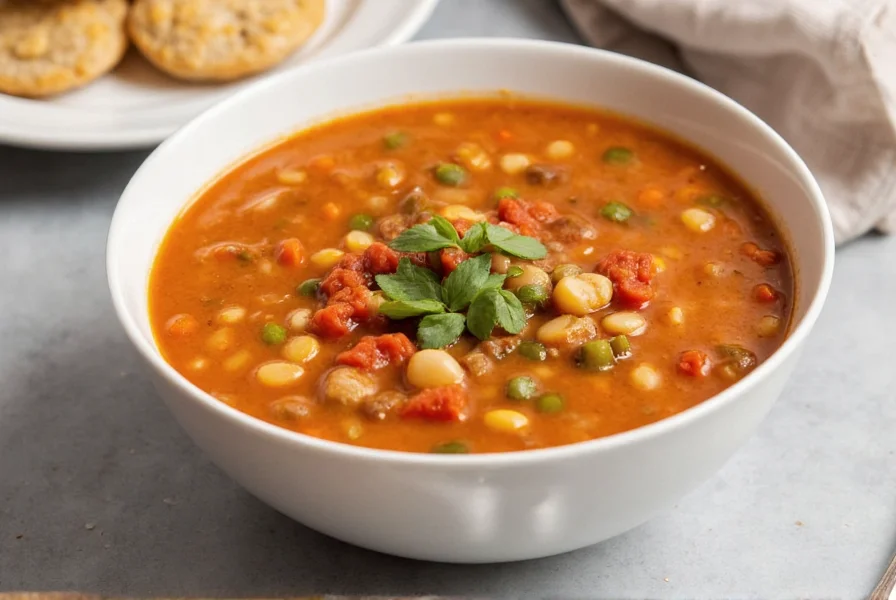
Remember: If a deal seems too good to be true, it almost certainly is. When in doubt, choose official sources for peace of mind.

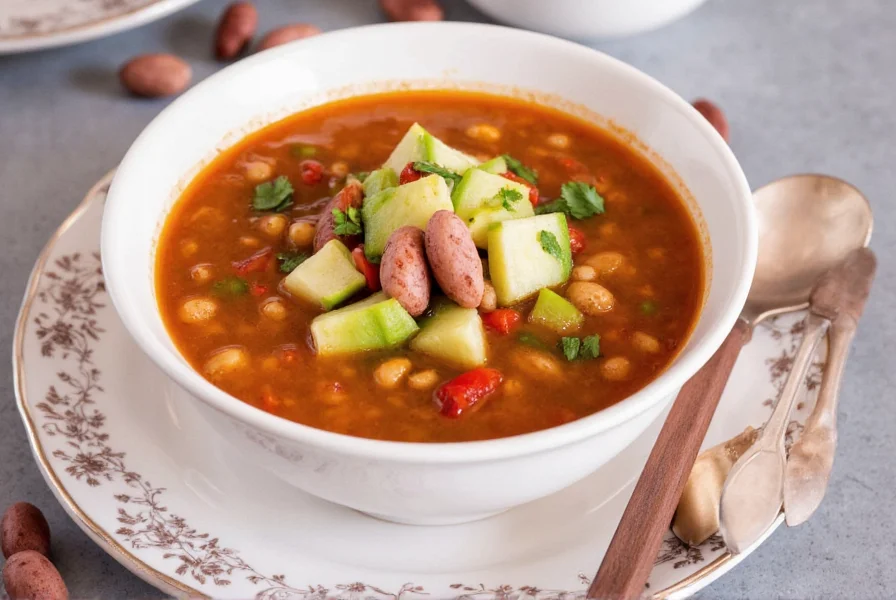









 浙公网安备
33010002000092号
浙公网安备
33010002000092号 浙B2-20120091-4
浙B2-20120091-4